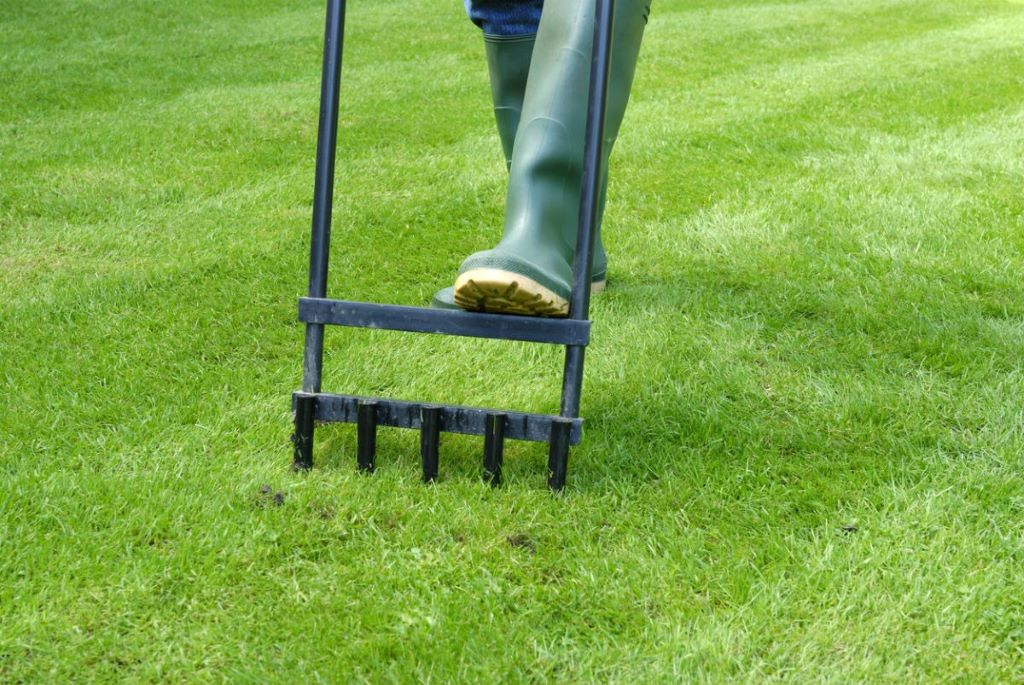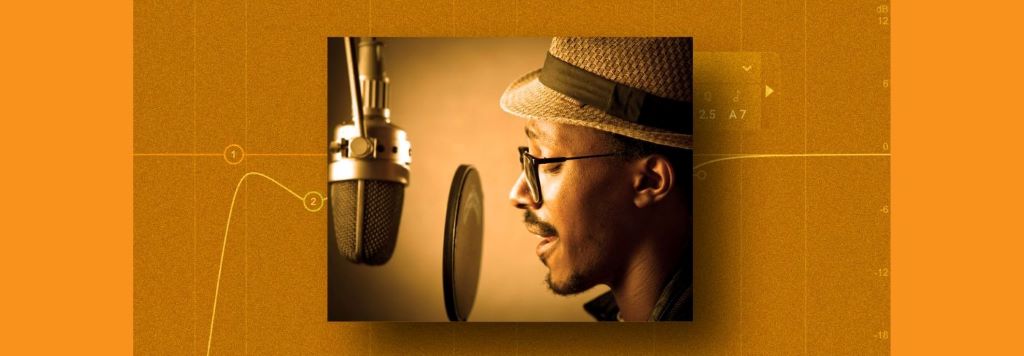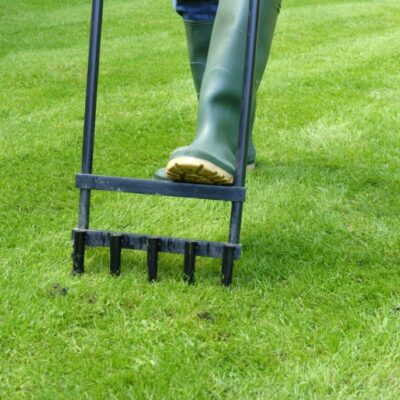How can CCTV help conservation?
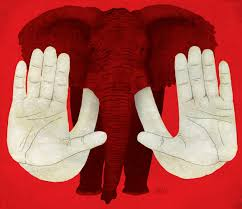
CCTV has many uses, not all involving protecting buildings; for example, cameras can be used to monitor wildlife for conservation purposes. With an increasing number of species classified as endangered, it is important to take advantage of modern technology to aid conservation wherever possible.
Tracking animals
Even in zoos and nature reserves, it can be difficult to watch all the animals all the time; in wild and remote areas, this is almost impossible. Cameras are silent, non-intrusive, and can track animals through thick undergrowth. This can enable the population to be counted, migration routes to be identified, behaviours observed, and potential issues identified.
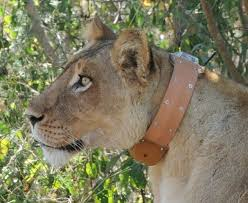
More locally, CCTV Swindon from companies such as apmfireandsecurity.com/cctv-installation/cctv-installation-swindon
is often used as a security and crime prevention method. Even being aware that cameras are present can act as a deterrent, whilst catching evidence of illegal activity on camera can be invaluable for identifying suspects and potentially bringing criminal prosecutions. Police have specific requirements for CCTV footage that is to be used as evidence.
Preventing poaching
Poaching is one of the biggest threats to endangered animals. Patrols of rangers or other law enforcers often have to cover vast areas, making it relatively easy for poachers to slip past unnoticed.

Identify health problems or safety concerns
Wild animals do not sit still and let people inspect them for injury or illness. Animals in zoos may be more used to being handled by keepers, but they will often still try to hide any sign of vulnerability. Cameras provide more opportunities to spot anomalous behaviours and signs of discomfort, pain, or distress. Only when problems have been identified can steps be taken to try to help the animal, whether treating the physical symptoms or alleviating emotional stress. It is not just about illness and injury, as cameras can also spot broken fences and other hazards.
Modern technology is one of the most important tools available to conservationists. From gathering data on animal movements to identifying problems to combating poaching, it can provide regular information even in remote and inhospitable areas that are difficult for humans to reach.


